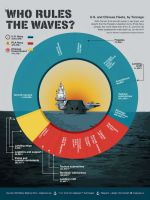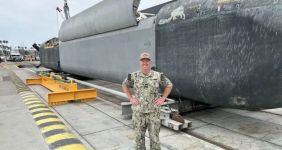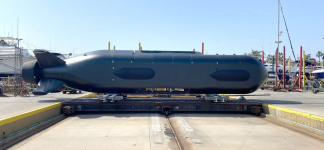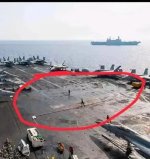Get Ya Wig Split
Senior Member
- Feb 21, 2017
- 3,386
- 3,370
Who Rules the Waves? U.S. and Chinese Fleets, by Tonnage

@F-22Raptor @LeGenD @Foinikas It's not even close lol
@Beijingwalker

Overview
With China’s third aircraft carrier in sea trails, and reports that the People’s Liberation Army (PLA) Navy already has more ships than the U.S., just how do these superpower rivals stack up, ton for ton?Key Takeaways
- The U.S. Navy has over 3.6 million (U.S.) tons of ships in its fleet, nearly twice the size of China’s combined fleets of just over 2 million tons.
- While China boasts the largest number of ships, 1,015 between both the PLA Navy and the Chinese Coast Guard, against the U.S. Navy’s 364, they are generally smaller and less advanced than their U.S. counterparts.
- The Chinese Coast Guard has received many of the PLA Navy’s older ships, however the vast majority of their ships are patrol and coastal combatants that average 711 tons apiece and aren’t able to sail far from China’s coast.
- Even as the U.S. Navy edges out the PLA Navy across almost every ship type, China does hold a 16:1 edge in tonnage of landing ships and craft, reflecting the Asian superpower’s stated policy goal of reunifying Taiwan with the mainland.
@F-22Raptor @LeGenD @Foinikas It's not even close lol
@Beijingwalker












